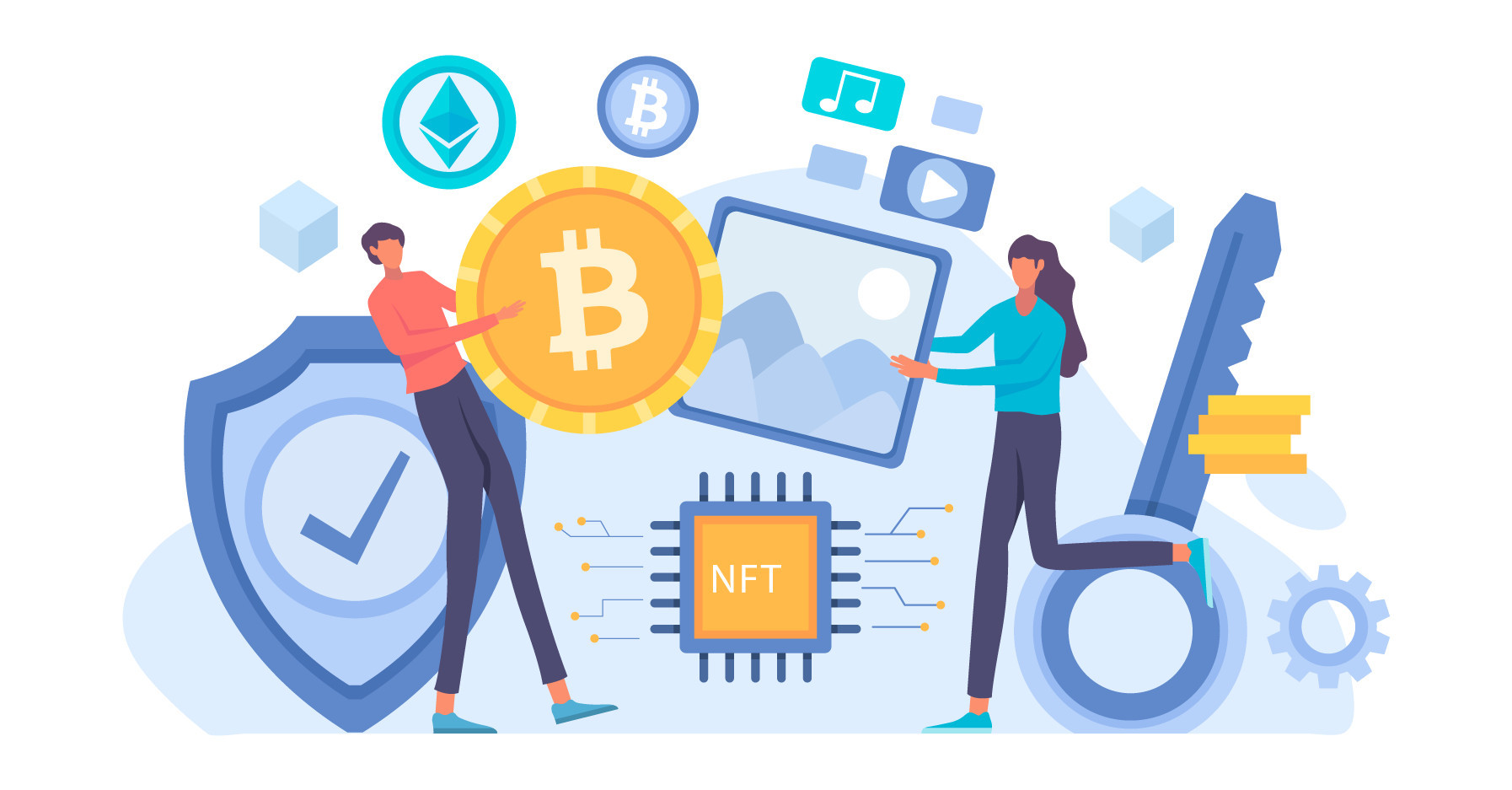views
Embedded systems are everywhere from the smart thermostat in your home to the medical devices in hospitals. They make our lives more convenient, but they also come with their own set of security challenges. In this blog post, we’ll explore the importance of cyber security embedded systems and discuss solutions that developers and businesses can use to protect these systems from vulnerabilities.
Understanding the Landscape
Embedded systems are specialized computing systems that perform dedicated functions. Unlike regular computers, they're often a combination of hardware and software designed for specific tasks. You’ll find them in everyday items such as microwaves, cars, and industrial machines.
Due to their specialized nature, embedded systems can be more vulnerable to cyber attacks than traditional computers. Unlike your PC or smartphone, embedded systems often run on outdated software, lack robust security measures, and sometimes even use default passwords. These factors make them an attractive target for cybercriminals.
Common Vulnerabilities and Exploits
Let's take a closer look at some common vulnerabilities in embedded systems:
-
Default credentials are a major issue. Many devices come with preset usernames and passwords that users don’t change, making them easy targets.
-
Lack of secure update mechanisms is another problem. Without regular updates, systems remain susceptible to new threats.
Real-world examples highlight the severity of these vulnerabilities. For instance, there have been cases where hackers exploited medical devices to manipulate data, leading to false readings. Similarly, in the automotive industry, cyber criminals have accessed vehicle systems through unsecured Wi-Fi connections.
Solutions to Prevent Vulnerabilities
1. The Role of Encryption and Secure Coding Practices
Encryption is like a lock that keeps data safe. By encrypting sensitive information, unauthorized parties find it much harder to access it. Furthermore, adopting secure coding practices ensures that software is built with security in mind, reducing the risk of vulnerabilities. Developers should regularly audit their code for weaknesses and use encryption standards to protect data.
2. Implementing Secure Update Mechanisms
Secure update mechanisms are crucial for defending against new cyber threats. Regular updates ensure that systems have the latest security patches. Businesses and developers should provide easy-to-apply updates that fix known issues and enhance security features. Automated update systems can further simplify the process, ensuring that devices are always up-to-date without user intervention.
3. Continuous Monitoring and Alerting
Real-time monitoring acts as a watchdog, looking for suspicious activity. By setting up alerts, systems can notify administrators of potential threats immediately. This allows for faster response times, minimizing the damage an attack can cause. Tools and software that offer continuous monitoring are invaluable in maintaining the security of embedded systems.
4. User Education and Best Practices
Educating users is an often overlooked yet essential aspect of cyber security embedded systems. Users should be aware of the importance of changing default passwords and recognizing phishing attempts. Providing training sessions and resources can empower users to follow best practices, significantly reducing the chances of a successful attack.
Conclusion
Securing embedded systems is more important than ever as they become integral to our daily lives. By understanding the vulnerabilities and implementing solutions like encryption, secure updates, and continuous monitoring, we can protect these systems from cyber threats. Developers, businesses, and tech enthusiasts must prioritize cyber security embedded systems to ensure a safer technological landscape.
Remember, a secure system starts with informed decisions so make security a top priority in your projects and operations.











